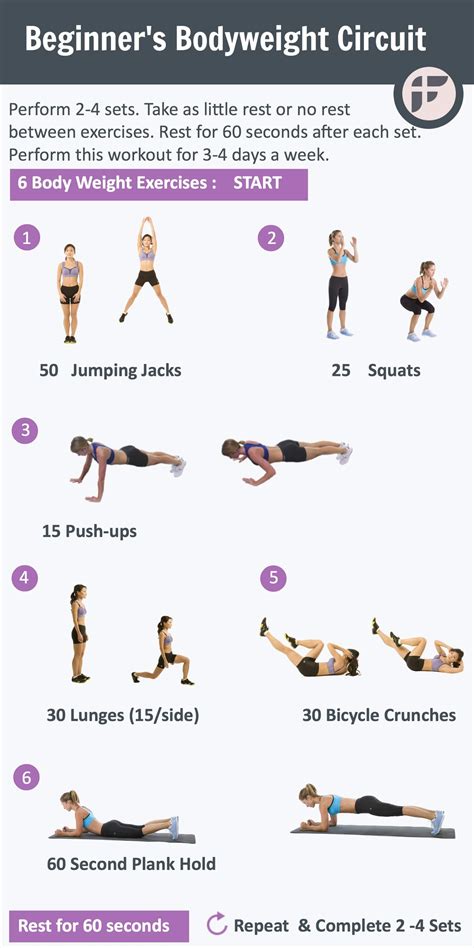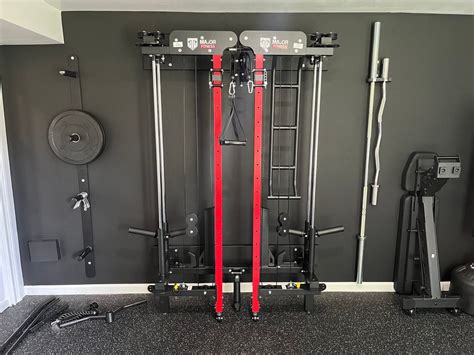Peak performance: How to structure a progressive overload plan for rapid strength gains?

Understanding Progressive Overload: The Foundation of Strength
Rapid strength gains aren’t achieved by simply showing up; they demand a systematic approach to continually challenge your muscles. This fundamental principle is known as progressive overload, and it’s the undisputed cornerstone of any effective strength training regimen. Without it, your body quickly adapts to the demands placed upon it, and your progress grinds to a halt.
At its core, progressive overload means gradually increasing the stress placed on the musculoskeletal system over time. This consistent challenge forces your body to adapt by building stronger, more resilient muscle fibers and improving neuromuscular efficiency. Ignoring this principle is like asking a plant to grow without fresh water or sunlight – it simply won’t thrive.

Methods of Progressive Overload: More Than Just Adding Weight
While often simplified to “just add more weight,” progressive overload encompasses a variety of strategies. A well-rounded plan leverages several of these methods to ensure continuous progress and avoid plateaus:
- Increasing the Load (Weight): The most direct and commonly understood method. Once you can comfortably perform your target reps with good form, it’s time to slightly increase the weight.
- Increasing Repetitions: If increasing weight isn’t feasible or desired, performing more reps with the same weight can still provide overload.
- Increasing Sets (Volume): Adding an extra set to an exercise increases the total work performed, driving further adaptation.
- Decreasing Rest Intervals: Reducing the time between sets makes the subsequent sets harder, increasing metabolic stress and muscular endurance.
- Improving Form/Technique: Executing an exercise with perfect form allows for better muscle activation and greater overall tension, even with the same weight. This can lead to breaking through plateaus.
- Increasing Frequency: Training a muscle group more often throughout the week can increase total weekly volume and stimulate more growth.
- Increasing Time Under Tension (TUT): Slowing down the eccentric (lowering) or concentric (lifting) phase of an exercise increases the duration the muscle is actively working, enhancing muscle damage and subsequent growth.

Structuring Your Progressive Overload Plan for Peak Performance
Building an effective progressive overload plan requires thoughtful consideration and a systematic approach. Here’s how to structure one for rapid strength gains:
1. Assess Your Starting Point & Set SMART Goals
Before you can progress, you need to know where you are. Determine your current 1-rep max (1RM) or a comfortable working weight for a given rep range for your key lifts. Then, set Specific, Measurable, Achievable, Relevant, and Time-bound (SMART) goals. For example, “Increase my deadlift 1RM by 20 lbs in 12 weeks.”
2. Choose Your Primary Progression Model
Most beginners and intermediates benefit from a linear progression model, where you aim to add a small amount of weight (e.g., 2.5-5 lbs) to your key lifts each week, provided you hit your target reps. Once linear progression stalls, consider:
- Double Progression: First, increase reps within a set range (e.g., 8-12 reps). Once you hit the top of the range for all sets, increase the weight and drop back to the lower end of the rep range.
- Periodization: Varying training volume and intensity over specific cycles (e.g., block periodization, undulating periodization) to manage fatigue and optimize gains for advanced lifters.

3. Implement Strategic Deloads
Continuous heavy training without breaks can lead to overtraining, injury, and burnout. Incorporate a deload week every 4-8 weeks. During a deload, reduce volume (sets/reps) and/or intensity (weight) by 40-60%. This allows your body to recover, repair, and come back stronger.
4. Track Everything & Adjust Regularly
A well-kept training log is invaluable. Record the exercises, sets, reps, weight, and even your perceived exertion. This data allows you to see your progress, identify plateaus, and make informed adjustments to your plan. If you consistently fail to hit your target reps or weight, it might be time to:
- Change your progression method.
- Implement a deload.
- Adjust your nutrition or recovery.

Beyond the Barbell: Nutrition and Recovery
While progressive overload is the training stimulus, your body needs the raw materials and time to adapt. Ensure your nutrition supports muscle growth with adequate protein intake, sufficient calories, and a balanced macronutrient profile. Prioritize quality sleep (7-9 hours) and manage stress, as these are critical for recovery and hormonal balance, which directly impact your strength gains.

Conclusion: Consistency is Key to Continuous Growth
Structuring a progressive overload plan is not just about adding weight; it’s about a smart, systematic approach to challenging your body in various ways. By understanding the methods of overload, setting clear goals, tracking your progress diligently, and prioritizing recovery, you create an environment ripe for rapid and sustainable strength gains. Embrace the journey of consistent effort and watch your performance soar.







